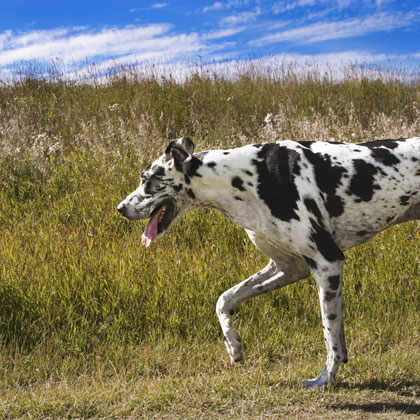Coexistence on the plateau: Tibetan pastoralists help study and conserve snow leopards in China

Coexistence on the plateau: Tibetan pastoralists help study and conserve snow leopards in China
Tibetan pastoralists and snow leopards have a long history of coexistence on the Tibet Plateau. Researchers recognize the essential role that pastoralists play in conserving China’s snow leopards and propose a global framework to involve local communities in conservation.
Hacker, Charlotte E., Jan E. Janecka, Rodney M. Jackson, Diqiang Li, and Yuguang Zhang. “Pastoralism Partnerships: Recognizing the Value of Local Involvement in China’s Snow Leopard Conservation Efforts.” Sustainability 12, no. 16 (2020): 6491. https://doi.org/10.3390/su12166491
As the highest and largest plateau on the earth, the Tibet Plateau is a world conservation hotspot. For millennia, the area has been home to livestock and over 800 wildlife species. The snow leopard, one of the many rare mammals on the plateau, is a keystone species. In other words, it defines and maintains the structure of the local ecosystem. Due to increasing threats such as climate change, habitat loss, and conflicts with humans, scientists are concerned with the precariousness of snow leopard populations. Snow leopard conservation needs cross-boundary strategies to mitigate these human-induced challenges.
Local communities living on the Tibet Plateau are mostly Tibetan pastoralists who move seasonally to farm and practice Tibetan Buddhism. Tibetan Buddhists view humans as an integrative part of nature. Their belief in “the network of living entities” ties them closer to their environment. Tibetan pastoralists have lived in harmony with wildlife for thousands of years and have passed on local ecological knowledge from generation to generation. They provide essential but neglected perspectives in protecting snow leopards.
In a recent study published in Sustainability, Hacker and her colleagues highlight the involvement of local communities in snow leopard conservation on the Tibet Plateau. The research team reviewed two collaborative research projects. The first studied the temporal changes in the diet of snow leopards. The second tested a new technology to prevent livestock predation. The Tibetans contributed to these projects with their cultural insights, language skills, and environmental knowledge. Most importantly, they also helped identify a mutual interest among the people, the government, and scientists in the two case studies: reducing snow leopard-livestock conflicts. The alignment of interests fostered collaborations and informed policymaking on conflict mitigations.
Building on these case studies, the authors proposed a broader framework that includes three steps to engage local people in conservation. First, scientists should build dialogue with communities to find goals that will both benefit endangered species conservation and address local livelihood concerns. Second, scientists should invite local people who are familiar with the region to help define the scope of the study. For example, learning from local ecological knowledge can inform study methods. Finally, scientists should offer local people various roles in executing the study. Involving local people provides valuable social and cultural context for the research.
Using this framework will lead to positive ecological and social outcomes in many field research contexts. With local support, scientists can implement more feasible projects to save endangered species populations and their habitats. Local communities will have fewer human-wildlife conflicts, earn additional income, and build more social capacity. In this way, scientists and local people can create a long-lasting trust that promotes cultural and intellectual communication, integration, and preservation.
Hacker’s recognition of the essential role of the Tibetan pastoralists in snow leopard conservation sets her study apart from others in the field. And with local support, the snow leopard populations on the Tibet Plateau have begun to recover. Their success is one example of how cooperation between scientists and local people can be applied as a framework for more effective, inclusive, and sustainable conservation science and practices around the world.




